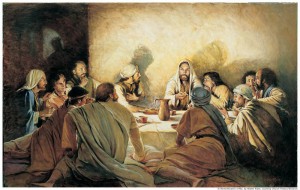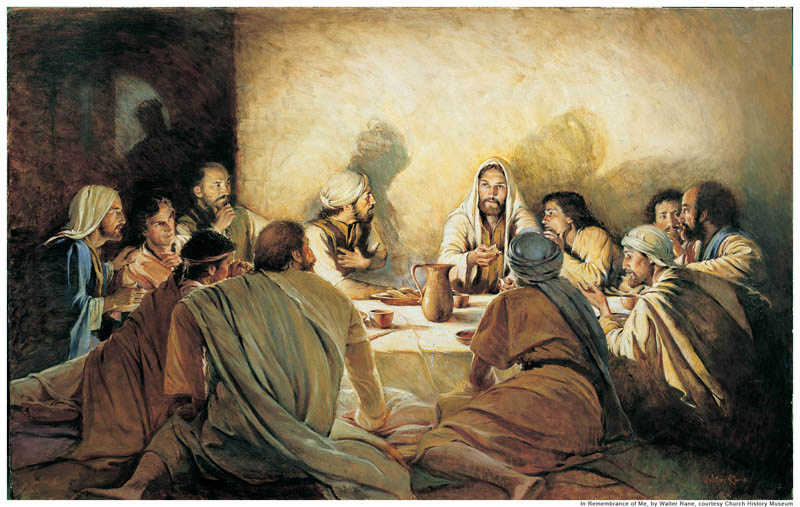To begin to understand the Atonement and Resurrection of Christ, we have to go back about 1200 years to when a certain occurrence first began. Anyone who has ever been a part of the Passover Feast, or read the Old Testament, knows when the first Passover Feast was instituted.
In the time of Moses the Israelites had been placed under the bondage of the Egyptians for a few hundred years. A way had been provided to free the Israelites in the form of a prophet, Moses.
 Pharaoh, the leader of Egypt, had no intention of letting his slaves go. Even plagues of locusts, frogs, lice, hail, and other awful testaments of the Lord’s power could not soften Pharaoh’s heart enough to let the Israelites go.
Pharaoh, the leader of Egypt, had no intention of letting his slaves go. Even plagues of locusts, frogs, lice, hail, and other awful testaments of the Lord’s power could not soften Pharaoh’s heart enough to let the Israelites go.
This is when the Passover Feast first happened (Exodus 12). Moses and the Israelites were commanded to sacrifice a lamb or kid (sheep or goat) about a year old. The blood of the lamb was to be sprinkled along the sides and top of the doorframe.
“It washed away 430 years of Egypt’s contamination. The blood of the lamb protected them from the wrath of the Almighty. Its roasted flesh nourished their bodies with strength for the long, perilous journey ahead. They ate in haste, loins girded, staff in hand, shoes on their feet, prepared to leave at any moment at God’s command (Rosen, Ceil, and Moishe Rosen. Christ in the Passover: Why Is This Night Different? Chicago, Ill.: Moody Press, 1978, pp.23-24).
This was certainly not the one and only time for the feast. For thousands of years the Passover Feast has been celebrated since that day. For Christians who participate in this ritual feast it typically occurs at the same time we celebrate Easter. When it comes to how the Feast is celebrated in this day I am at a loss. As members of the Church of Jesus Christ of Latter-day Saints, nicknamed the Mormon Church, we do not celebrate the Passover Feast, though the true message of Easter is certainly held in reverence.
Three big changes happened in the Passover Feast almost immediately, as we can read in the Latter-day Saint edition of the King James Version of the Bible.
1. It lost its domestic character, and became a sanctuary feast.
2. A seven days’ feast of unleavened bread (hence its usual name), with special offerings was added (Exodus 12:15; Numbers 28:16-25). The first and seventh days were Sabbaths and days of holy convocation.
3. The feast was connected with the harvest.
These weren’t the only changes made. In later times several other ceremonies were added, and were practiced by Christ and His apostles in their lifetime. We can also read of these in the Bible Dictionary.
1. The history of the redemption of Egypt was related by the head of the household.
2. Four cups of wine mixed with water were drunk at different stages of the feast.
3. Psalms 113-118 (the Hallel) were sung.
4. The various materials of the feast were dipped in a sauce.
5. The feast was not eaten standing, but reclining.
6. The Levites (at least on some occasions) slew the sacrifices.
7. Voluntary peace offerings were offered.
There is so much more that goes into the spirit of the Passover Meal that I hope to share with you in my next post, in particular the symbolic nature of what the Lord taught in this Feast. It is also significant to note the two big changes the Lord creates in His last meal upon this earth.


